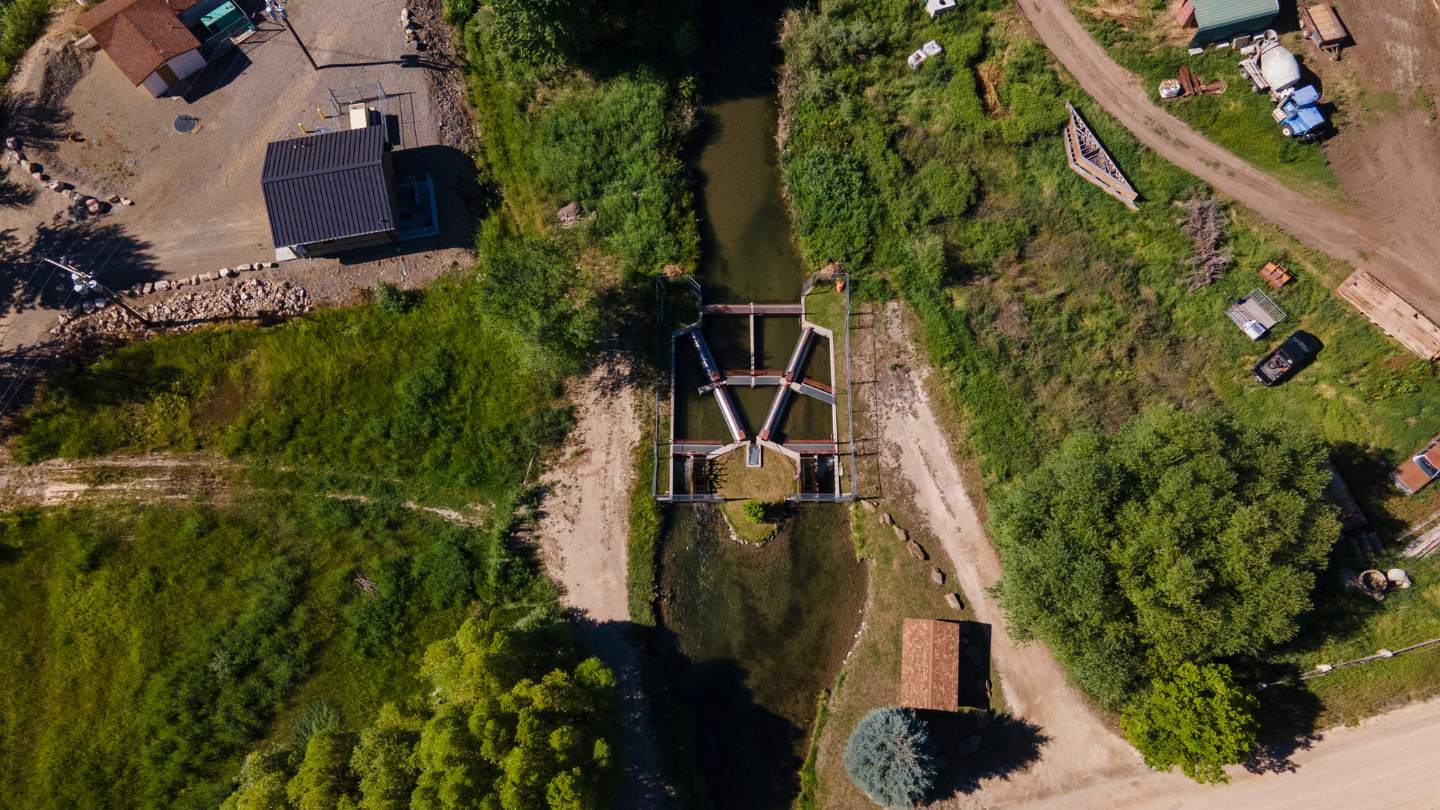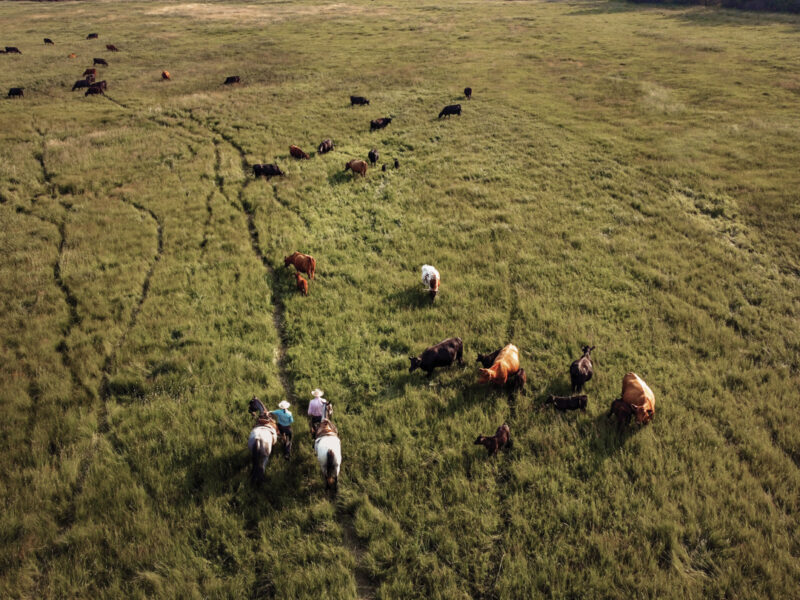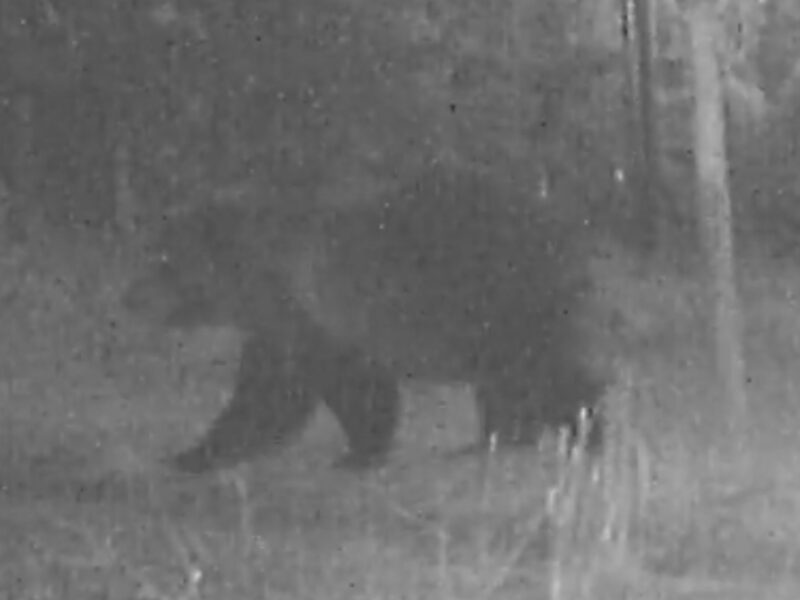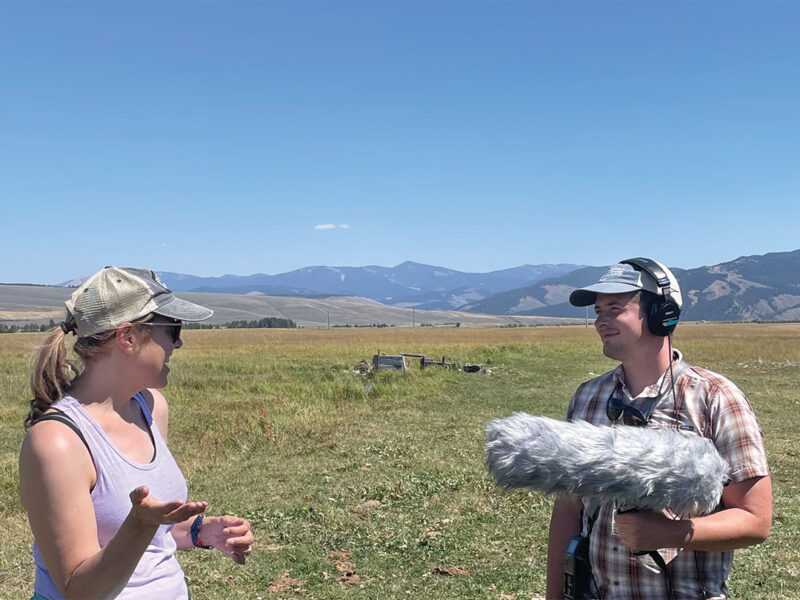Getting the next 50 years of the Endangered Species Act right.
We knew the trout darting among the rocks in the tiny stream were special, though at the time, we didn’t know just how special they were. What we did know is that they were among the last of their kind and that the refuge afforded by the ranch had enabled them to hang on. Elsewhere, overharvesting, disease and non-native trout imported for recreational fishing had all but driven them extinct.
We didn’t want these dashing fish, native to Colorado headwaters, to wink out of existence on our watch. We did all we could for them, cooperating with state wildlife biologists by removing non-natives, installing non-native fish barriers and managing our irrigation to maintain sufficient flow in the stream. When long-term drought gripped the region, we developed areas with deeper holding water where they could shelter.
Most of us also care on a deep emotional or even spiritual level about the other life-forms that occupy this planet.
Lesli Allison
Elsewhere on the ranch, another stretch of stream harbored the last known population of the species large enough for the wildlife agency to risk harvesting spawn for the fish hatchery. The fish raised in the hatchery were then reintroduced to other streams around the region.
It wasn’t until much later that new DNA testing techniques revealed the surprise. The trout we had been protecting in those streams turned out to be a subspecies thought to have already gone extinct. Today, they have a shot at recovery.
Universal value, split verdict
There is no question that the world is getting more crowded. Each year, we add approximately 80 million people to the planet. Even those of us occupying the wide spaces of the West feel it daily as subdivisions creep in around us. With every new development, we lose both agricultural land and wildlife, both of which are necessary to our own survival. That’s why a small fish brought back from the brink of extinction feels like a such a victory.
People often ask why it is important to save a subspecies of a particular fish or snail or beetle. No one has all the answers, but we do know that together, the diverse plant and animal species of the world create the conditions that support human life.
Most of us also care on a deep emotional or even spiritual level about the other life-forms that occupy this planet. They make our lives not only possible but also worth living. Who among us wishes to leave future generations with a depleted natural heritage, a world poorer than the one we inherited?
The way in which the ESA is implemented can discourage conservation.
Lesli Allison
Congress expressed that sentiment 50 years ago, passing the Endangered Species Act (ESA) in a landslide vote—unanimous in the Senate and 390 to 12 in the House. It was signed into law by President Richard Nixon on December 28, 1973. It became one of America’s most powerful environmental laws, and yet today, it is also one of the most controversial.
Supporters credit the act for averting the extinction of 99% of species that have come under its protection and for inspiring proactive conservation measures that help keep species from being listed in the first place. Public opinion polls also consistently show a large majority of Americans support its intent.
Critics cite economic impacts, slow rates of species recovery (only about 3% of listed species are considered recovered), conflicts between federally protected predators and livestock, and litigation by environmental groups as cause to reform or even repeal the act.
The fact that the ESA can help prevent extinction but has had limited success in fostering recovery of listed species points to a couple of key issues.
All stick, no carrot
First, by preventing harmful actions, ESA regulations can be effective in helping some species survive and recover. For instance, banning DDT enabled bald eagles to recover. In other cases, however, species have habitat needs that require voluntary, proactive management. The law can prevent someone from harming wildlife, but it can’t force someone to create, restore or maintain habitat. The recovery of critically endangered black-footed ferrets, for example, is dependent in large part on the voluntary cooperation of landowners willing to reintroduce them to their land and to host and manage the prairie dog colonies on which the ferrets depend.
Second, the way in which the ESA is implemented can discourage conservation. For example, if a rancher provides habitat that supports an at-risk species, there is a chance that if that species becomes federally listed, he or she may face grazing or other land-use restrictions. Regulatory assurance agreements have been developed to address some of this concern, but landowner access to these agreements is limited.
As we look ahead to the next 50 years, finding better ways to partner with landowners in proactive wildlife conservation and recovery will be essential to achieving better outcomes.
Lesli Allison
In 1934, long before the passage of the Endangered Species Act, Aldo Leopold famously forecast that “conservation will ultimately boil down to rewarding the private landowner who conserves the public interest.” This is particularly true today, given that more than 60% of land in the United States is privately owned and that the majority of wildlife, including threatened and endangered species, depend on this land for survival.
Most landowners appreciate and value wildlife, and many invest in conserving wildlife habitat at significant personal cost. At the same time, agricultural profit margins are already very slim to negative on most family farms and ranches. Regulatory constraints and costs associated with species conservation and recovery not only impact livelihoods and local economies but can also drive lands into development.
Getting proactive
The Endangered Species Act remains an important, last-resort safety net for wildlife faced with extinction. As we look ahead to the next 50 years, however, finding better ways to partner with landowners in proactive wildlife conservation and recovery will be essential to achieving better outcomes. What would that look like?
First and foremost, it would mean public policies that help sustain the health and economic viability of the private and working lands on which both people and wildlife depend. It also means greater public recognition for the role private lands and landowners play in supporting wildlife and other conservation values. At the end of the day, the debate about the ESA should not be about people versus wildlife, it should be about how we can help one another be successful in sustaining life and prosperity for all of us on this extraordinarily blessed planet.





